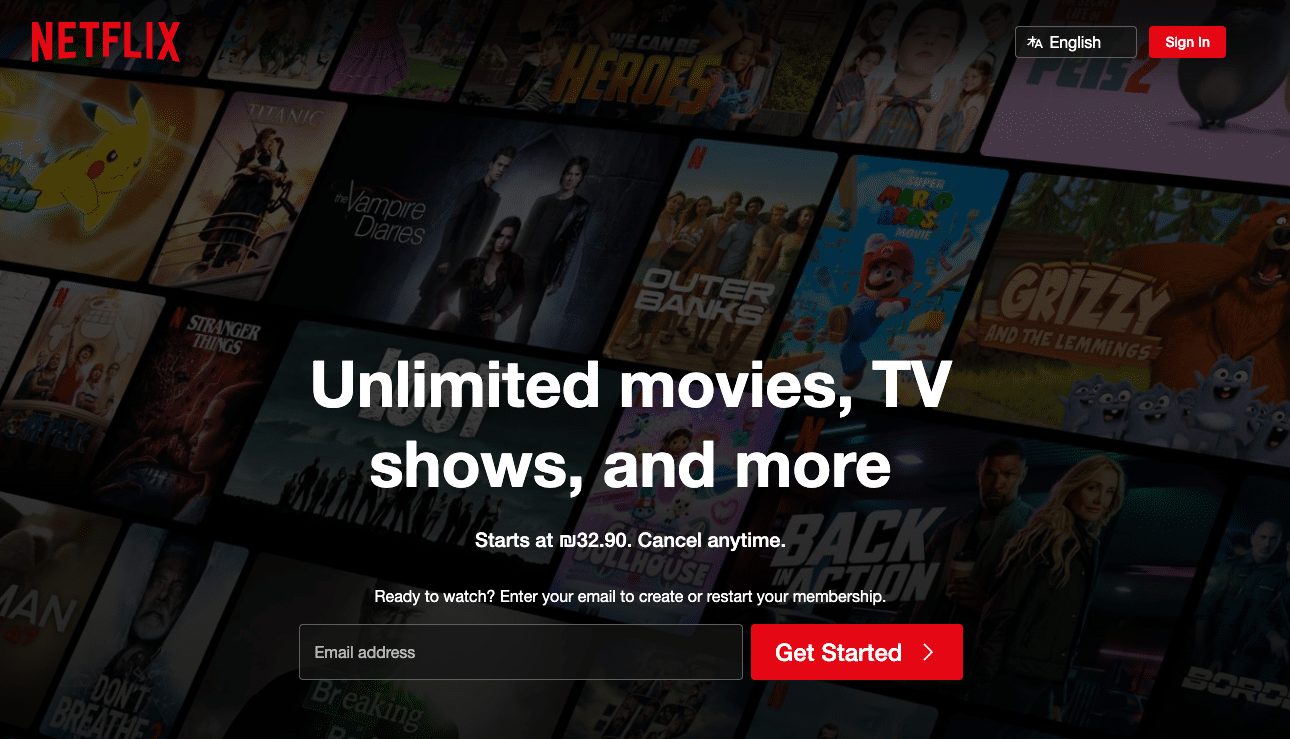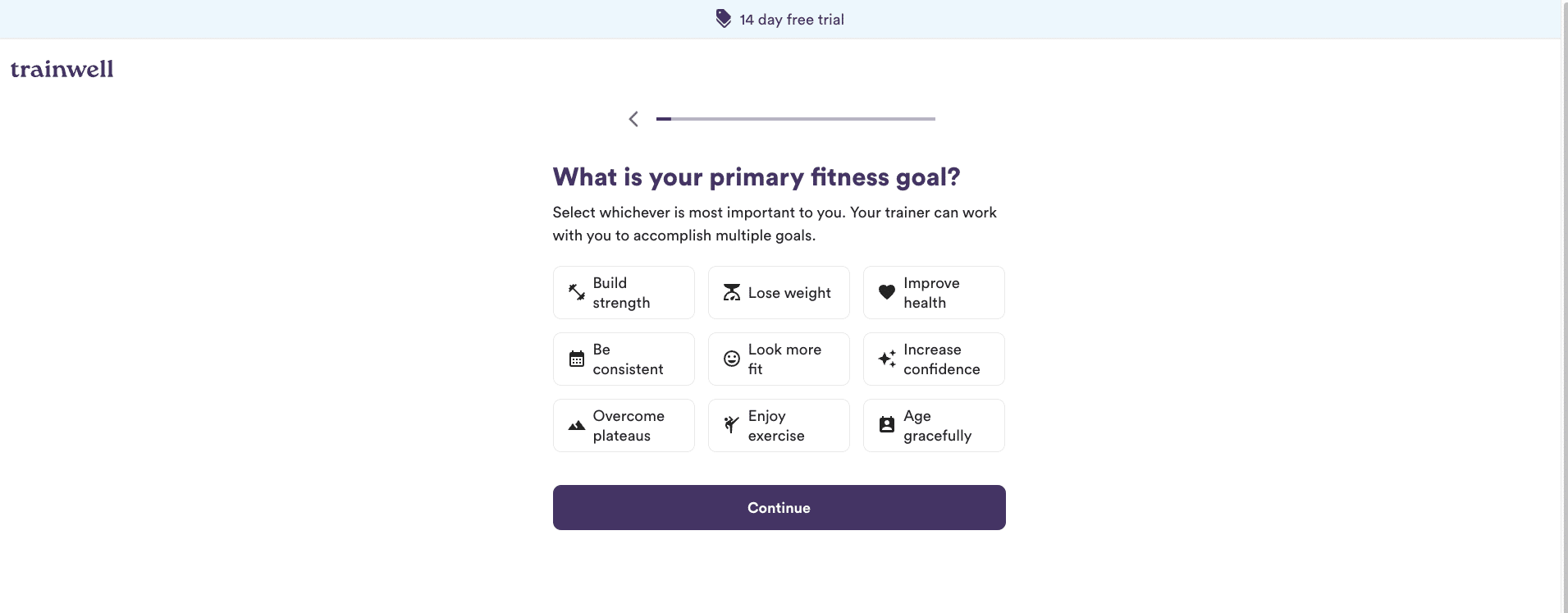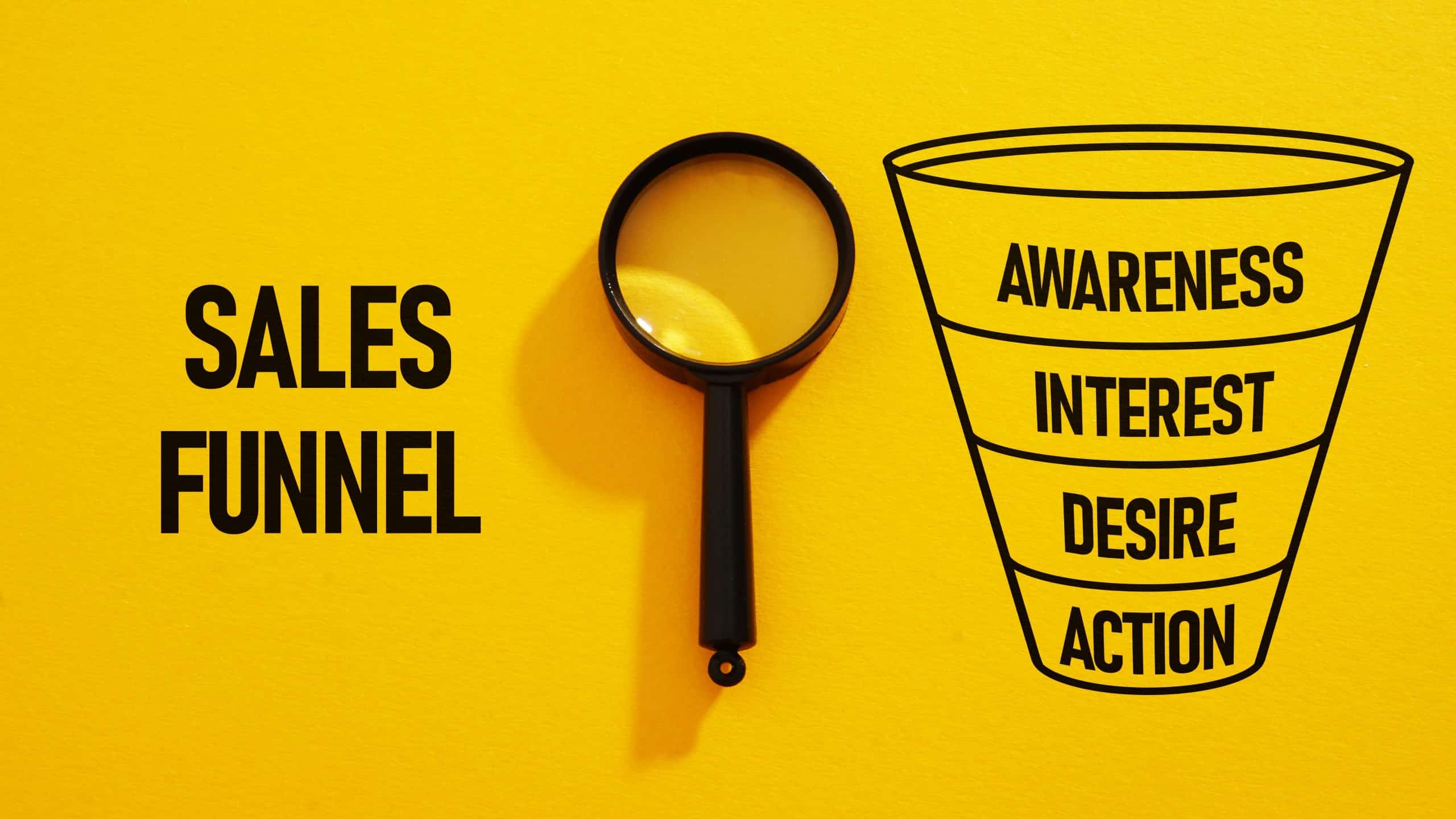Ever wondered exactly how your customers find you and decide that your products or services are the ones for them? Not every visitor who lands on your site will ultimately convert, so how do you know where the drop-off is, and what you can do about it? That’s where funnel analysis can help.
In today’s data-driven world, your business likely has hundreds, if not thousands, of data points that can be used to make more informed decisions on marketing strategies, product improvements, and customer satisfaction. With funnel analysis, you can rely on this data to pinpoint specific bottlenecks in the visitor-to-customer conversion path to make improvements that boost your business’ bottom line.
Funnel analysis is a data-driven process of analyzing the series of events that result in a conversion or goal being met, by looking at a site’s analytics. For businesses, this typically takes the form of tracking a visitor to a website or social media platform, then mapping their path from this initial visit to when they sign up for something like a newsletter, or make a purchase on the business website.
There are numerous types of funnels, from marketing to sales funnels, but they all share a similar design — the greatest number of visitors start at the top of the funnel and as the journey down continues, fewer visitors will move their way through each stage. The smallest number of visitors complete the trip with a conversion at the end of the funnel.
The overarching goal of funnel analysis is to help businesses understand customer behavior and find out where in the sales or marketing process visitors are leaving the site, rather than moving forward to the next stage. Knowing this information can help companies figure out which part of the funnel needs to change to convert visitors at a higher rate.
Seeing that many customers abandon their cart right before the final stage, for example, could indicate that there’s an issue with the checkout page, or that the instructions in the final steps for checkout are confusing and hindering the sales completion. Knowing this, you can make the necessary changes to help encourage more people to move forward through the checkout.
Real-World Examples of Funnel Analysis
Netflix

One of the best examples of an effective sales funnel is Netflix. Their limited-time, free 30-day trial has typically converted at a high rate in previous years. Their simple sales copy and minimal design makes their product enticing even without the trial.
Netflix emphasizes the ease of cancellation upfront, appealing to customers who may be concerned about committing to long-term contracts with their subscription. Their pricing is also clearly outlined.
Extensive data-gathering on their prospective users at the top of their sales funnel provides key insights into how those users are behaving, making it possible to determine whether pre-sign up messaging is effective. Data on existing customers such as viewing patterns, search queries, and how they navigate the platform can help further down the funnel and ensure that as many customers are retained as possible. If there are signs that a user may not be using the platform as much, remediation efforts can be made in an attempt to keep that customer.
Netflix is a great example of a clear, concise SaaS funnel that makes it as easy as possible for users to move from site visitors to paying customers.
trainwell

Fitness company trainwell is also a good example of how funnel analysis can be used to boost conversions. Knowing that many people are interested in signing up for fitness programs at the start of a new year, the company clearly advertises both their 14-day free trial and their new year discount at the top of their site. The company can also track their multi-step questionnaire at each stage to see where users may be dropping off, which could indicate that the questionnaire is too long.
Trainwell also works closely with influencers who advertise the service on their platforms with their own unique sign-up codes. This helps the brand track where new users are coming from. Not only does this help with overall funnel analysis, but it also provides the business with specific information about whether their relationship with each influencer is successful or not.
Why Do Companies Need Funnel Analysis to Advertise Their Product?
Improve Customer Conversions
The main reason that companies use funnel analysis is to provide a more complete picture of the overall customer journey, from initial awareness to their final conversion. Funnel analysis helps marketers better understand where users are coming from, which messaging is proving most effective, and where visitors are dropping off along the conversion path. Knowing these details means that companies can make changes to improve both engagement and customer conversions.
Better Budget Allocation
Knowing exactly where to allocate your advertising budget is essential for maintaining positive return on investment (ROI). Understanding what is preventing site visitors from making a purchase is vital in being able to make the necessary changes to encourage higher conversions and greater sales. Once this information is gathered and analyzed, your budget can be more effectively allocated to the most profitable marketing channels.
How to Use Funnel Analytics
Find High Traffic > High Exit Pages
Some of your site pages may have a high number of visitors, but if a large number of people leave the site after only looking at that single page, that’s a problem. Funnel analytics can help to identify these pages by clearly showing the incoming traffic and the page drop-offs versus the continued journey of visitors.
Knowing this information allows you to create opportunities on the high-volume page that entice users to continue their journey elsewhere on the site. For instance, design changes may be necessary to more clearly display the next step you want users to take, such as making buttons bolder or larger, or including more internal links to the next stage of the conversion process.
Identify the Most Effective Sales Channels
Not only can funnels be used to identify and fix potential issues, they can also help businesses find out what’s working well. Funnel analysis can provide greater insight into the sources of traffic coming to your website, with tracking showing which channels are converting the most visitors into customers. This information is essential for knowing where to allocate more advertising budget and which marketing channels to invest more resources into.
Tools for Conducting Funnel Analysis
Google Analytics
A free tool that all businesses should be using, the funnel information provided in Google Analytics lets marketers see which conversion events are working well and the steps users took to get there. This data is available for both e-commerce and service-based businesses, helping you better understand where users are dropping off and what their journey through your website looks like.
Hotjar
Hotjar is a heat-mapping tool that provides insight into how users are interacting on each tracked page of your site. This helps you more easily find problems like unclear navigations, broken links, or calls-to-action that aren’t resonating. Tools like this are best used on high-traffic > high exit pages, along with key landing pages being used in paid advertising, to better understand how visitors are actually using your site.
Key Takeaways
Funnel analysis is a critical process for any business looking to better understand the customer journey and make data-informed improvements to their website. By focusing on specific stages of the sales and marketing funnel, companies can tighten messaging to become more effective, improve website design and functionality to remove customer obstacles, and overall provide a better experience that encourages site visitors to become paying customers.
Frequently Asked Questions (FAQs)
What is funnel testing?
Funnel testing is a process where each stage of a sales or marketing funnel is individually evaluated and small pieces changed to test whether conversion rates can be improved.
What are the five main points of a customer journey?
There are five main stages of the customer journey that typically correlate with a sales and marketing funnel. These are:
- Awareness: The first stage of the funnel, where customers first learn about the business and their products or services.
- Consideration: Potential customers weigh their options and compare the business to competitors.
- Decision: Visitors decide whether or not to make a purchase.
- Retention: Those who made a purchase and became customers should have high levels of satisfaction.
- Advocacy: The most loyal customers recommend the business to others and bring in new leads.



